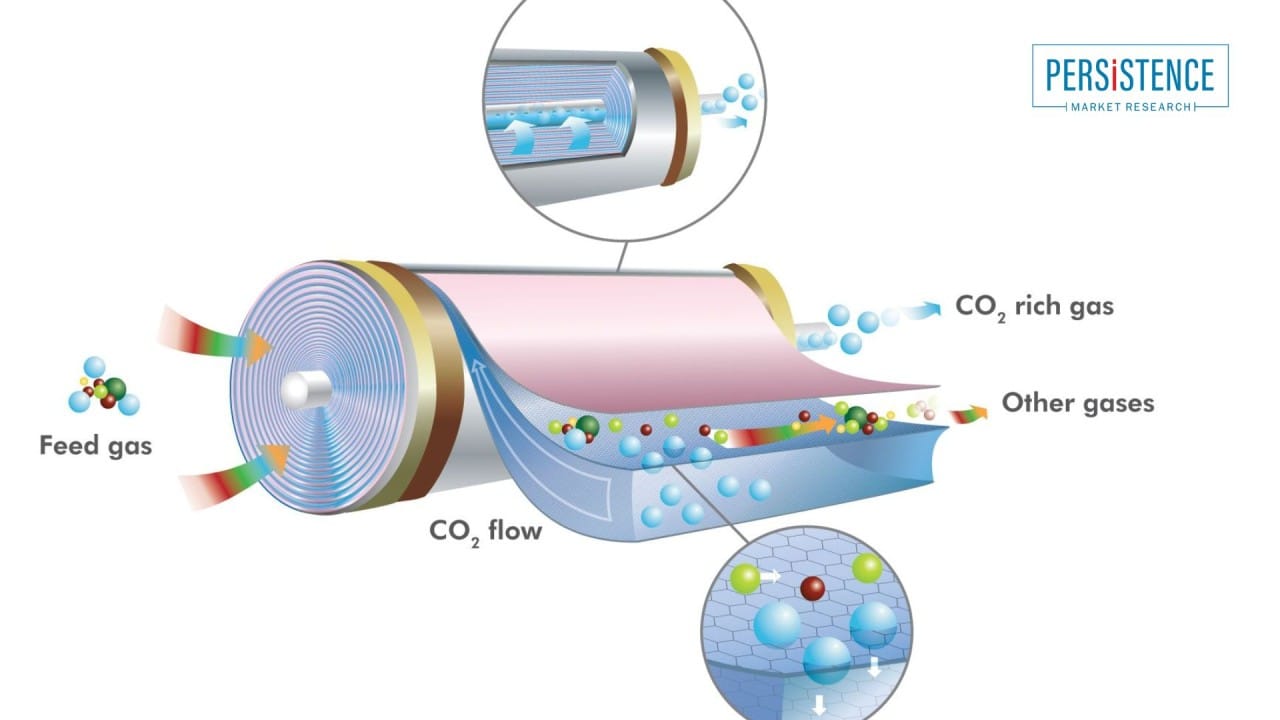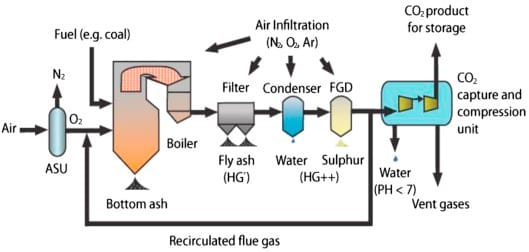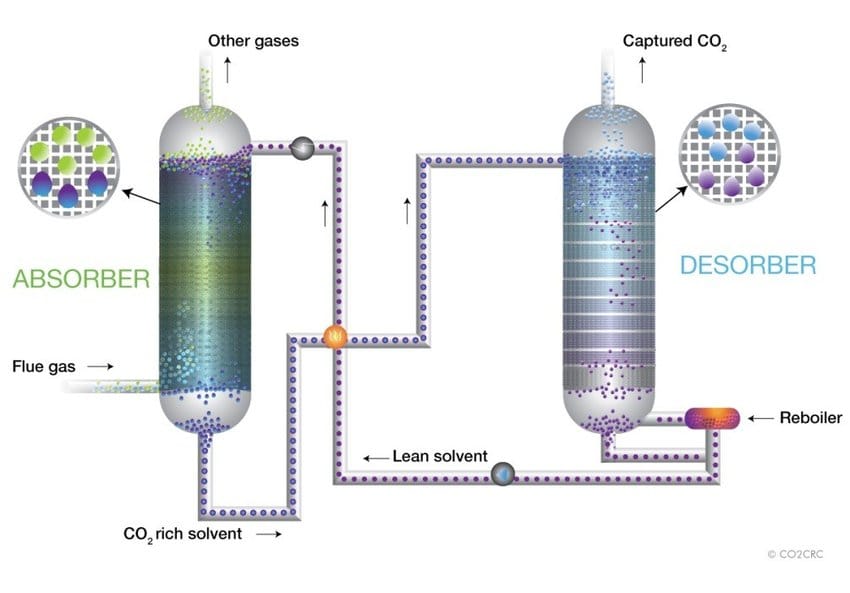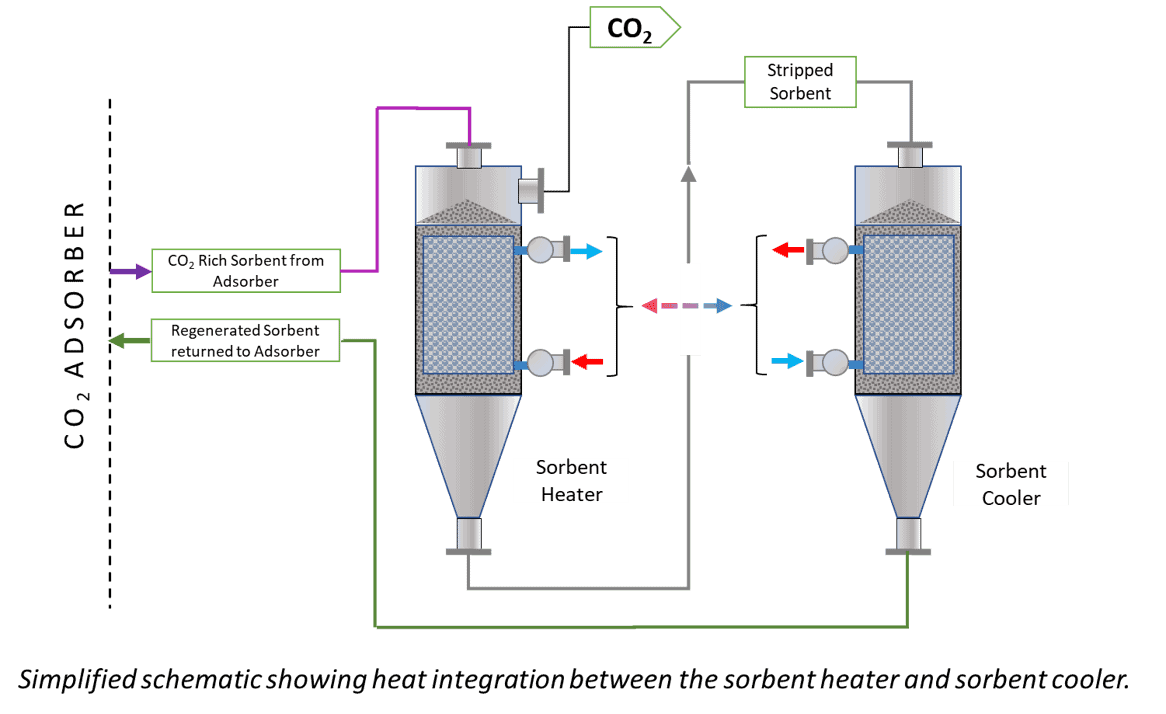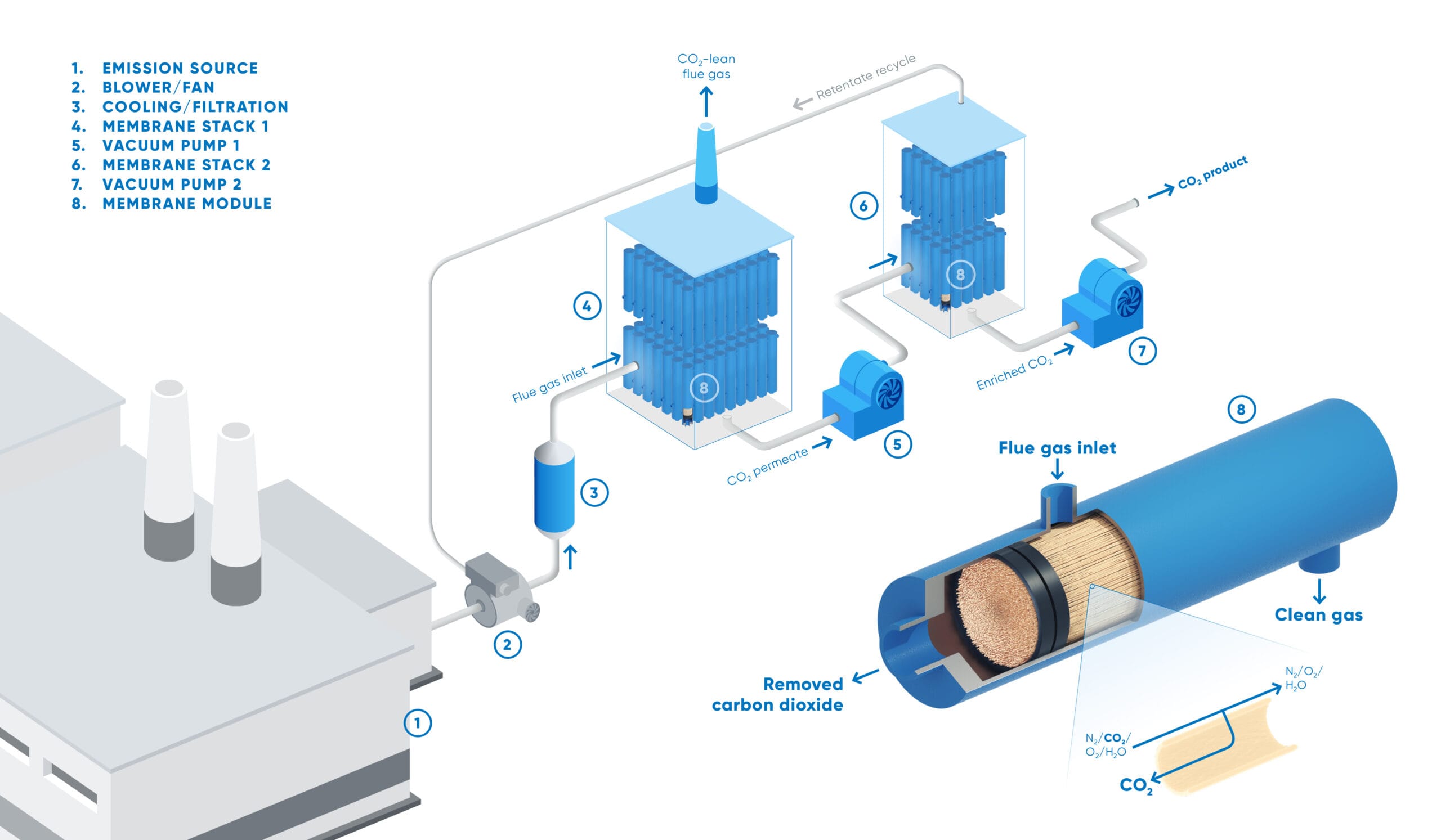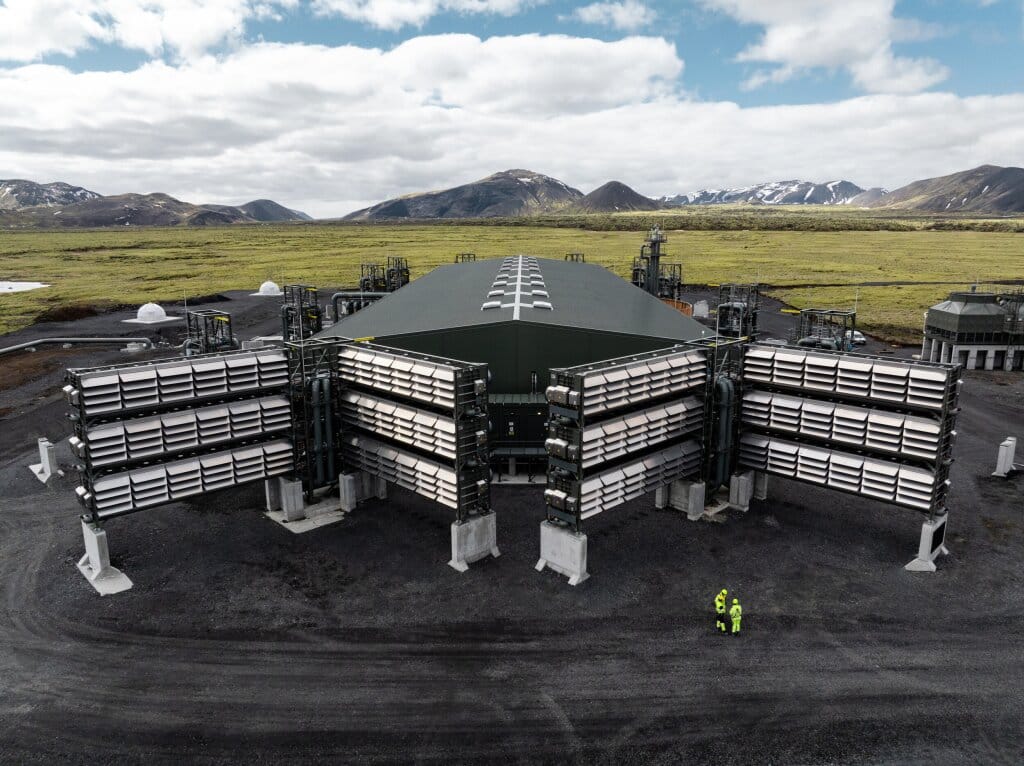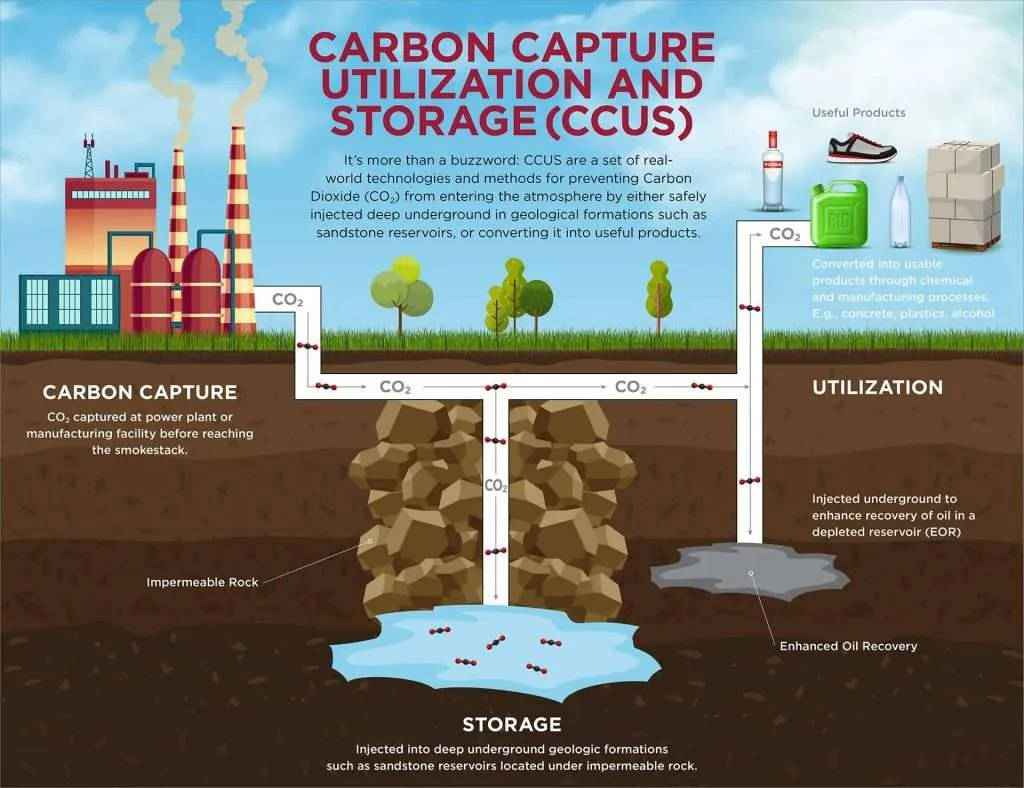As the impacts of climate change become more urgent, reducing carbon dioxide (CO₂) emissions has taken center stage. Carbon capturing, also known as carbon capture and storage (CCS), is a promising technology that seeks to reduce emissions by capturing CO₂ before it reaches the atmosphere. This article explores carbon capturing in-depth, covering what it is, how it works, its technology, applications, benefits, challenges, and future outlook.
What is Carbon Capturing?
Carbon capturing is a technology designed to capture CO₂ emissions produced by industrial processes, such as energy production, cement manufacturing, and steelmaking. The captured CO₂ is then stored underground, preventing it from entering the atmosphere and contributing to climate change. In addition to capturing emissions at their source, advances in direct air capture (DAC) allow CO₂ to be removed directly from the air, helping reduce existing CO₂ levels in the atmosphere.
Understanding
Carbon Capturing and Storage (CCS)
The CCS process involves three primary steps:
- Capture:
CO₂ is separated from other gases produced at industrial sources like power plants or manufacturing facilities. - Transport:
Once captured, the CO₂ is compressed and transported, typically through pipelines, to storage sites. - Storage:
The CO₂ is injected into deep geological formations, such as depleted oil and gas reservoirs, where it can be safely stored long-term.
How Carbon Capturing Works
Several different methods are used to capture CO₂, depending on the type of industrial process:
- Post-combustion capture:
CO₂ is captured after fuel is burned. This is the most common method in power plants and involves separating CO₂ from other flue gases.
Post-combustion capture
- Pre-combustion capture:
In this process, fuel is treated to separate CO₂ before combustion. - Oxy-fuel combustion:
Here, the fuel is burned in pure oxygen, producing a stream of almost pure CO₂, which is then easier to capture.
For transport, CO₂ is typically compressed into a liquid-like state and piped to secure storage sites, although it can also be shipped by tanker.
Carbon Capturing Technology
Advances in carbon capturing technology are making it more efficient and scalable. Some notable developments include:
- Amine-based capture:
A chemical process that uses amine solvents to absorb CO₂ from exhaust gases.
Amine-based capture - Solid sorbents:
These materials can bind to CO₂ molecules and are energy-efficient, helping reduce capture costs.
- Membrane-based separation:
A technology that selectively filters CO₂ from other gases, showing potential for various industrial applications.
- Direct Air Capture (DAC):
Pioneered by companies like Climeworks, DAC technology captures CO₂ directly from ambient air, enabling negative emissions that remove already-existing atmospheric CO₂.
Applications of Carbon Capturing
Carbon capturing is being applied across industries where emissions are hard to eliminate, such as:
- Energy production:
CCS is used in natural gas and coal-fired power plants to reduce their carbon footprint. - Industrial manufacturing:
CO₂ emissions from cement, steel, and chemical production can be captured and stored, helping reduce emissions in these hard-to-decarbonize sectors. - Enhanced Oil Recovery (EOR):
In EOR, captured CO₂ is injected into oil fields to increase oil extraction, offering a commercial use for CO₂ while keeping it underground.
Companies Leading the Way
in Carbon Capturing
Several companies and initiatives are advancing carbon capture technology:
- Climeworks:
A pioneer in DAC, Climeworks operates plants in Europe that capture CO₂ from the air and store it underground.
(https://climeworks.com/)
- Carbon Clean:
Based in the UK, Carbon Clean provides modular carbon capture systems for industrial facilities.
(https://www.carbonclean.com/) - ExxonMobil:
This major oil company has invested significantly in CCS projects and research.
(https://corporate.exxonmobil.com/what-we-do/delivering-industrial-solutions/carbon-capture-and-storage) - Chevron:
Operating one of the largest CCS projects at the Gorgon gas project in Australia, Chevron captures and stores millions of tons of CO₂ annually.
(https://www.chevron.com/what-we-do/technology-and-innovation/capturing-and-storing-carbon-emissions)
Benefits of Carbon Capturing
Carbon capturing offers several important benefits:
- Emission Reduction:
CCS can reduce CO₂ emissions significantly, especially from high-emission industries, contributing to climate goals. - Economic Opportunity:
Developing CCS technology creates jobs in engineering, construction, and operational roles in the green energy sector. - Industrial Sustainability:
Hard-to-decarbonize sectors like steel and cement can reduce their carbon footprint, aligning with sustainable development goals.
Challenges of Carbon Capturing
Despite its potential, carbon capturing faces challenges:
- High Costs:
CCS technology is still costly to deploy and maintain, making widespread adoption difficult. - Energy Intensive:
Capturing, compressing, and transporting CO₂ requires energy, which can undermine its effectiveness if this energy isn’t sourced sustainably. - Storage Risks:
Although the risk is low, there’s potential for CO₂ to leak from underground storage, which could diminish the environmental benefits.
Future of Carbon Capturing
Looking ahead, the future of carbon capturing depends on technological innovation, government support, and societal demand for sustainability. Key developments include:
- Increased Policy Support:
Carbon pricing, subsidies, and tax credits can make CCS projects more economically viable. - Innovation:
Advances in materials, like solid sorbents and efficient membranes, can drive down costs and increase efficiency. - Carbon Utilization:
Beyond storage, captured CO₂ can be repurposed into valuable products, such as fuels, chemicals, and building materials, creating financial incentives for carbon capturing.
Conclusion
Carbon capturing is a promising tool in the fight against climate change. As the world works to meet climate goals, CCS technology offers a way to significantly reduce emissions, particularly in industries where other forms of decarbonization are challenging. While hurdles remain, ongoing research, innovation, and supportive policies will be crucial for carbon capturing to reach its full potential. With continued investment and development, carbon capturing can become a powerful driver of a sustainable, low-carbon future.
(Click notification ![]() for more updates)
for more updates)


